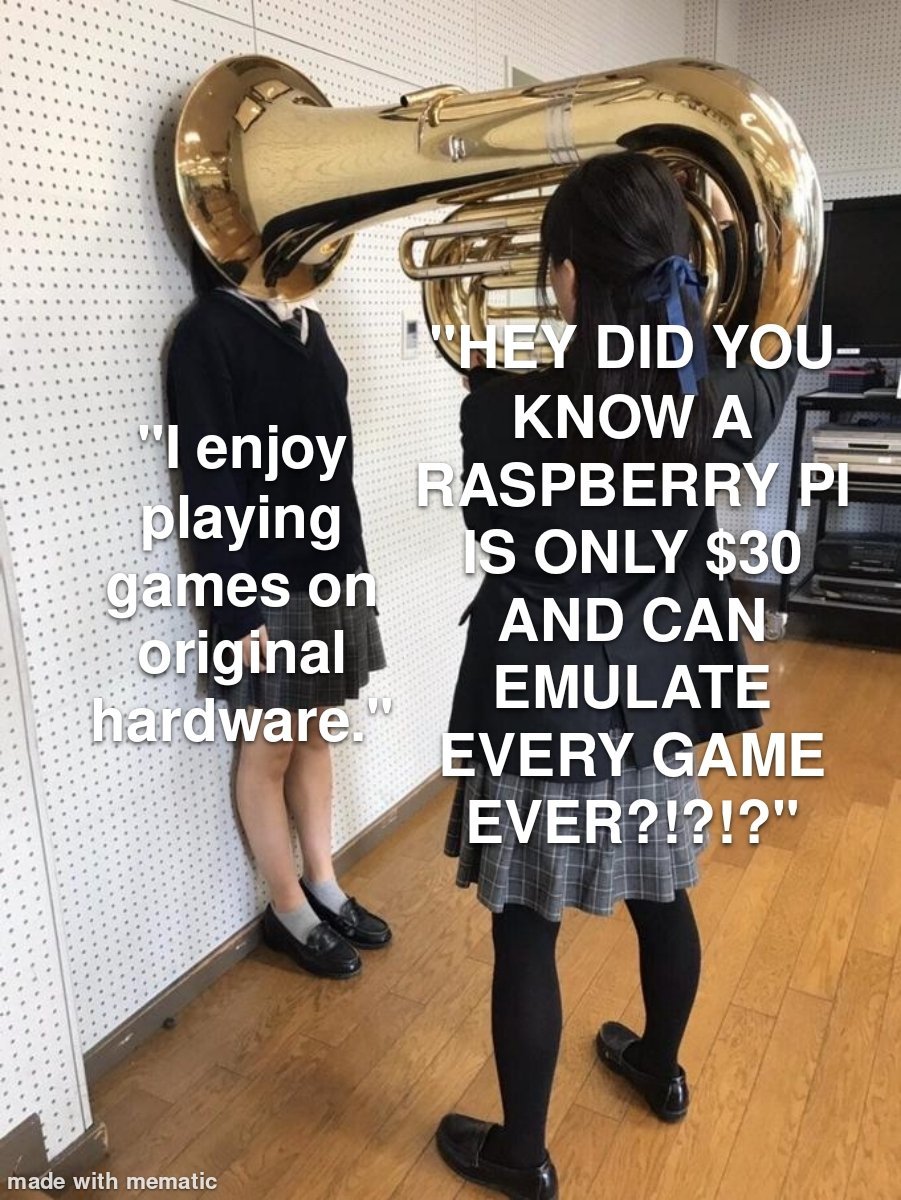I tell you something that will make a big difference for titles pre-2005 or so: playing on a CRT television.
Especially on SNES titles which I played a lot as a kid, the extremely sharp look you get from emulators on flat panel displays just looks wrong.
